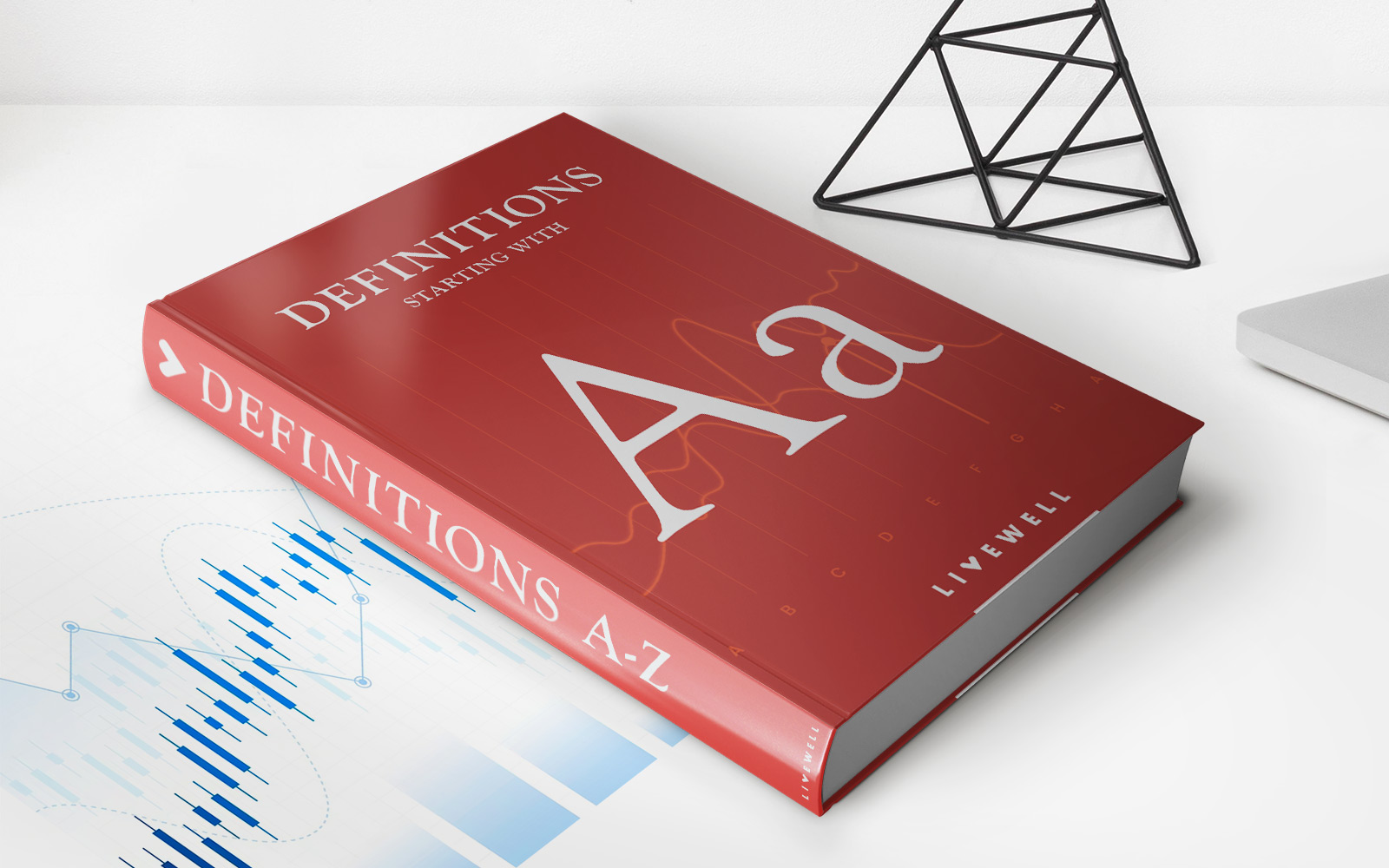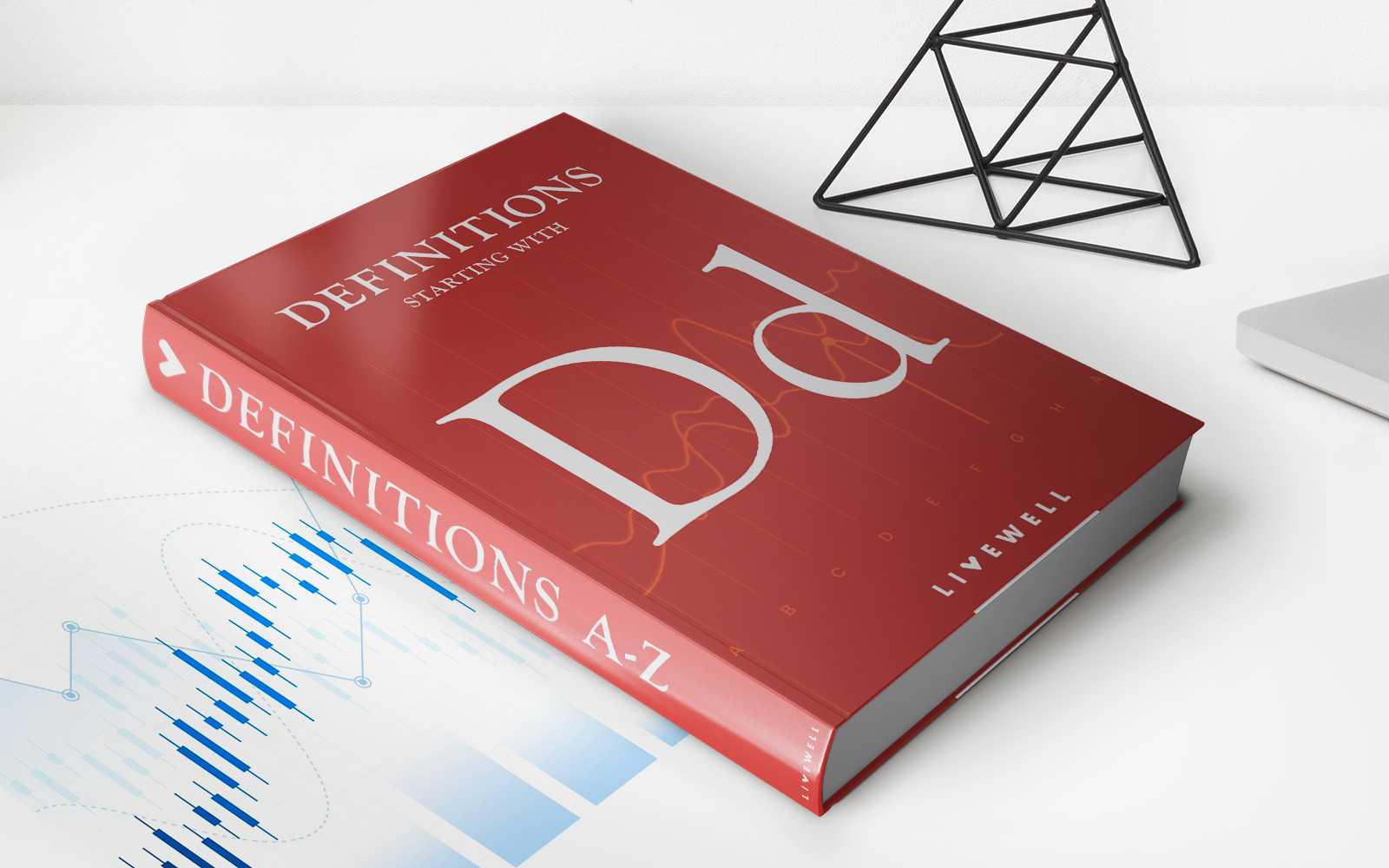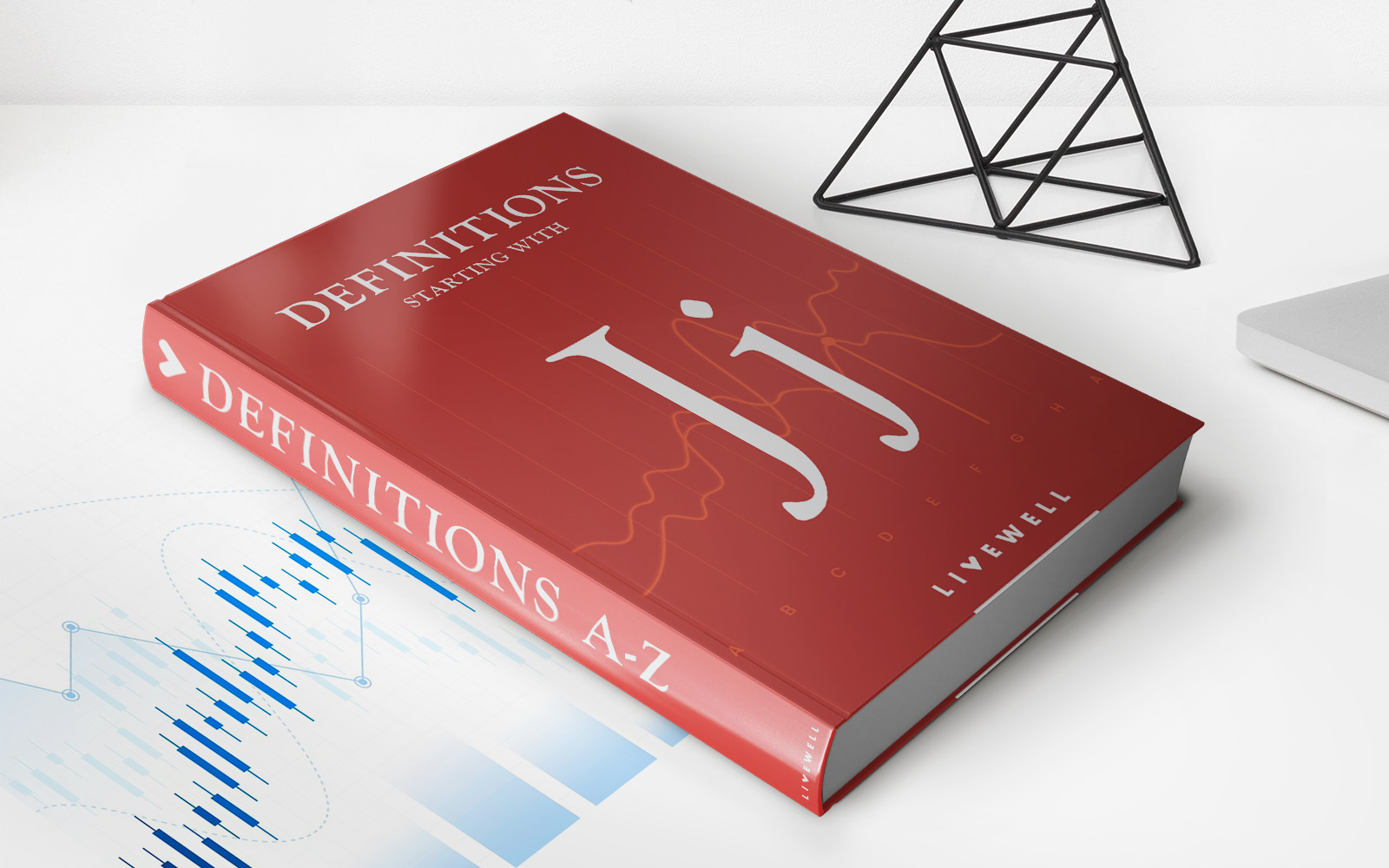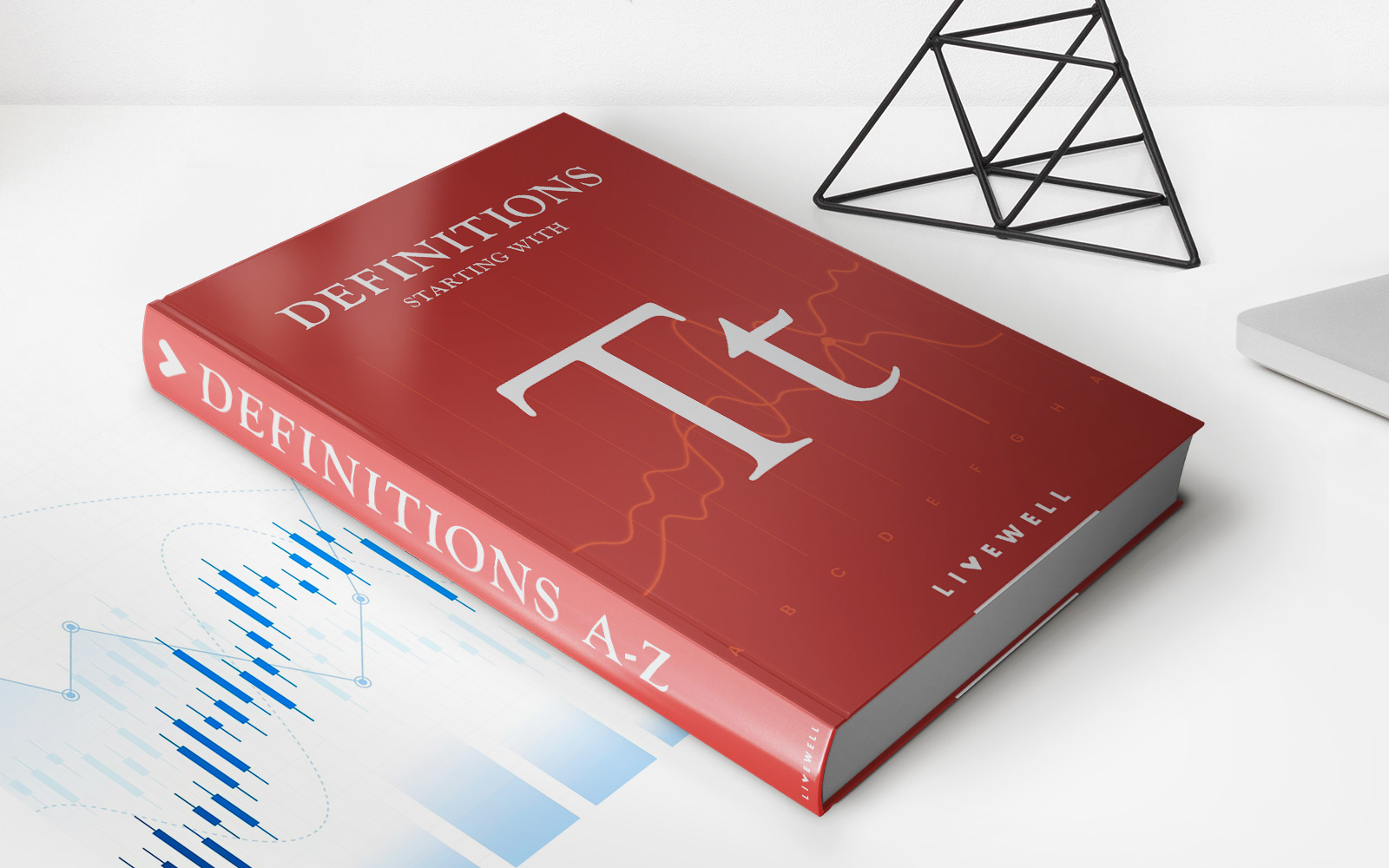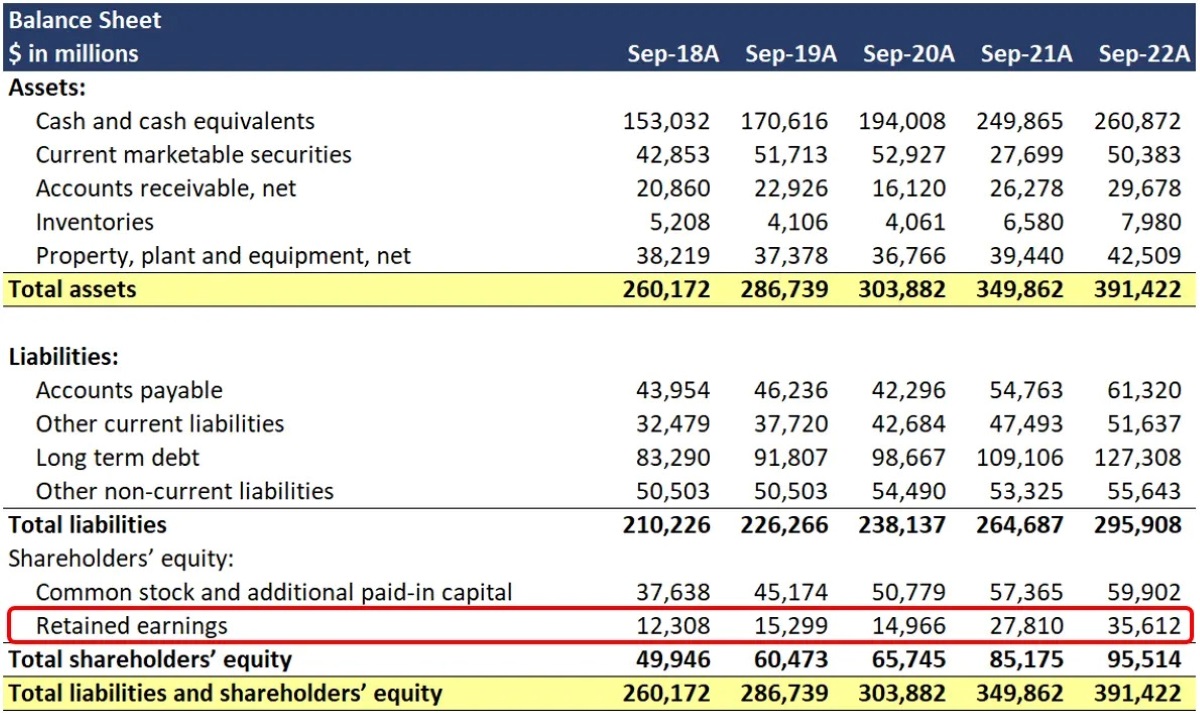
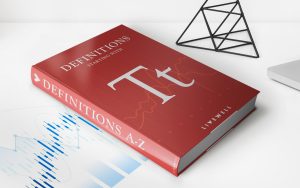
Finance
Time In Force: Definition, Types, And Examples
Published: February 8, 2024
Discover the definition, types, and examples of Time in Force in Finance. Enhance your understanding of this essential concept in just a few minutes.
(Many of the links in this article redirect to a specific reviewed product. Your purchase of these products through affiliate links helps to generate commission for LiveWell, at no extra cost. Learn more)
Time in Force: Definition, Types, and Examples
Welcome to our “Finance” category blog post where we will explore a crucial concept in trading called Time in Force. Whether you’re a seasoned investor or just starting out, understanding Time in Force is essential to making informed decisions in the financial markets. In this post, we will define Time in Force, delve into its different types, and provide real-life examples to help you grasp its importance.
Key Takeaways:
- Time in Force is a trading parameter used to specify how long an order remains active in the market.
- By choosing the right Time in Force, traders can control the execution of their orders and manage associated risks effectively.
What is Time in Force?
Time in Force refers to a parameter that traders use to determine how long their order will remain active in the market before it expires. This parameter acts as a risk management tool, helping traders control the execution of their orders and ensure they are executed according to their strategy. By choosing the appropriate Time in Force, traders can minimize the potential risks associated with market fluctuations or unexpected events.
Now, let’s take a closer look at the different types of Time in Force:
1. Good ‘Til Cancelled (GTC)
A Good ‘Til Cancelled (GTC) order remains active until it is either executed, canceled by the trader, or a predetermined expiration date is reached. This type of order is commonly used by investors who have a long-term outlook on an investment and are not looking for immediate execution.
2. Day Order
A Day Order is valid only for the trading day on which it is placed. If the order is not executed by the end of the trading day, it is canceled automatically. Day orders are popular among short-term traders who aim to take advantage of intraday price movements.
3. Fill or Kill (FOK)
A Fill or Kill (FOK) order must be executed immediately and in its entirety. If it cannot be fully executed, it will be canceled automatically. FOK orders are commonly used in situations where partial execution would not align with the trader’s strategy or objectives.
4. Immediate or Cancel (IOC)
An Immediate or Cancel (IOC) order requires immediate execution of any portion that can be filled, while any unexecuted portion is canceled. IOC orders are useful when a trader is willing to accept a partial fill, but the remaining order should be canceled without delay.
Examples of Time in Force
Let’s take a look at some examples to understand how Time in Force works in real-life trading scenarios:
- John wants to purchase 100 shares of XYZ stock and decides to use a GTC order. The order will remain active until filled, canceled, or a month from today, whichever comes first.
- Sarah is a day trader who wants to take advantage of short-term price movements. She places a Day Order to buy 50 shares of ABC stock, and if the order is not executed by the end of the trading day, it will be automatically canceled.
- David is a risk-averse investor who wants to sell 200 shares of DEF stock only if the order can be filled entirely. He places a FOK order, which ensures that if the entire order cannot be executed immediately, it will be canceled.
- Emily decides to purchase 500 shares of MNO stock and is willing to accept partial execution. She places an IOC order, allowing immediate execution of any portion that can be filled, while canceling the unexecuted portion.
Conclusion
Understanding Time in Force is crucial for traders to effectively manage their orders in the financial markets. By choosing the appropriate Time in Force type, traders can align their trading strategies, manage risks, and optimize their chances of success. Whether you’re using a GTC, Day Order, FOK, or IOC, the Time in Force you select will determine the lifespan and execution conditions of your order. So, take the time to consider your objectives and market conditions before deciding on the appropriate Time in Force for your trades!
We hope this blog post has provided a comprehensive overview of Time in Force, its types, and real-life examples to help you navigate the world of finance with more confidence. Stay tuned to our “Finance” category as we continue to explore crucial topics to empower you on your financial journey!
